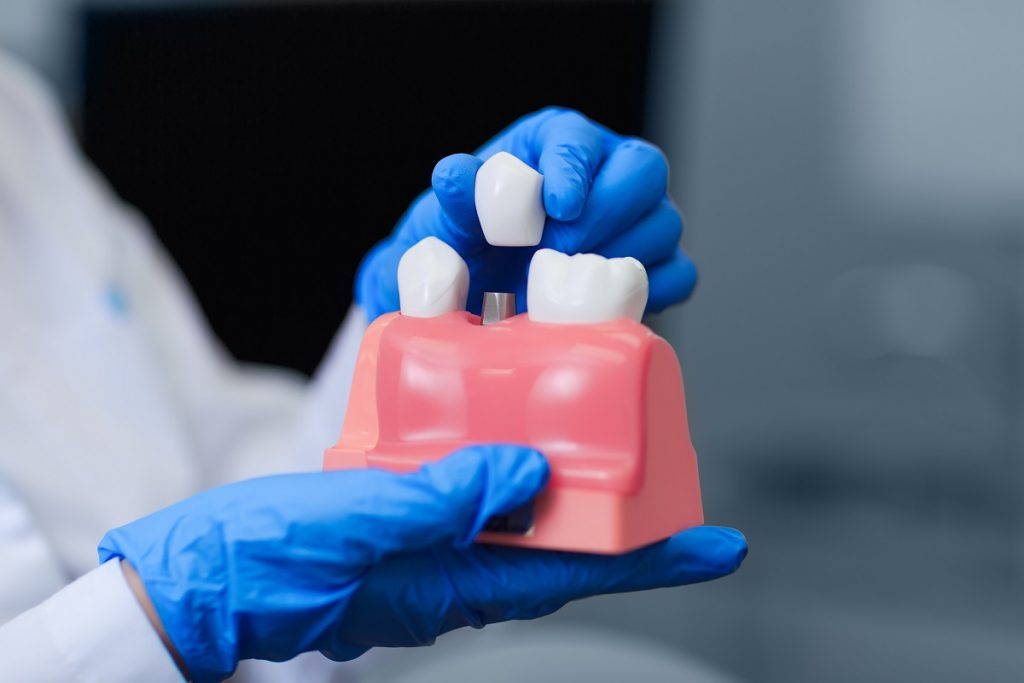Dentistry is an old and timely tradition for cosmetics and healthcare, dating as far back as civilisation itself. Over a thousand years old, the first evidence of dental implants is attributed to the Mayans around 600 AD. Recent x-rays of Mayan mandibles have shown compact bone formation around these implants, remarkably looking strikingly similar to certain modern forms of dental implants. However, concept and execution are two very different things, and the patients of then compared to the patients of now would likely have a significant difference in opinion in the levels of pain acceptable for treatment.
In older civilisations having a full set of teeth meant life or death. Not being able to eat due to missing teeth, or developing an infection was certainly more fatal before the modern health system. Even today, evidence suggests there is a link between how many teeth you have left and all-cause mortality, as published in Bioscience Reports. Suffice it to say; if one is missing a tooth, dental implants are a desirable course of action.
Modern dentistry’s impact on implants
Like all great inventions created by humans, implantology was developed upon collaboration throughout many generations, and by great minds. The real improvements occurred in the late 19th and early 20th century. In 1913, a Dr EJ Greenfield used “iridio-platinum soldered with 24-karat gold” as an artificial root to anchor. In the 1930s, two dental brothers, the Strocks, experimented with Vitallium (alloy cobalt-chromium) as an orthopaedic screw. Various implant designs were expanded upon for the best part of a century.
However, it was not until the 1950s, when Dr PerIngvar Brånemark researched how bone interacts with metal, that significant advancements were made. It was observed that titanium was non-toxic in the human body and he had his first volunteer in 1965 for a two-stage threaded titanium root-form implant. Four implants were inserted into the mandible of the patient. They integrated within six months and lasted for 40 years, paving the way for modern dentistry.
Today’s implants are not dissimilar from Brånemark’s design; they merely improved upon the foundations of implantology. Typically, dental implants are installed over a period of three to five months. There are multiple steps involved, in the UK, there are generally five.

Step one is to assess the area and determine if implants are the best course of action for the patient. The patient might even have x-rays taken of the affected area.
Step two is the implantation of the titanium screw-like material to act as a sort of tooth root. It is considered minor surgery and is relatively simple to perform. The patient is put under local anaesthesia for the duration.
Step three is the integration period, where the patient is left to recover and allows for the jaw bone to bond to the titanium, otherwise known as osseointegration. This usually lasts for a minimum of three months.
Step four occurs once the patient is fully recovered. It is known as the restorative phase and consists of the restoration of the tooth. There are many options for this, including crowns, bridges, or a removable overdenture that is clipped to the implants.
Step five is the last phase, also known as maintenance. Like maintenance of all teeth, this means cleaning around the area of the tooth using brushing and flossing. It is essential to attend regular checkups as instructed by the patient’s dentist and to follow their guidelines to ensure the health of the implant.

